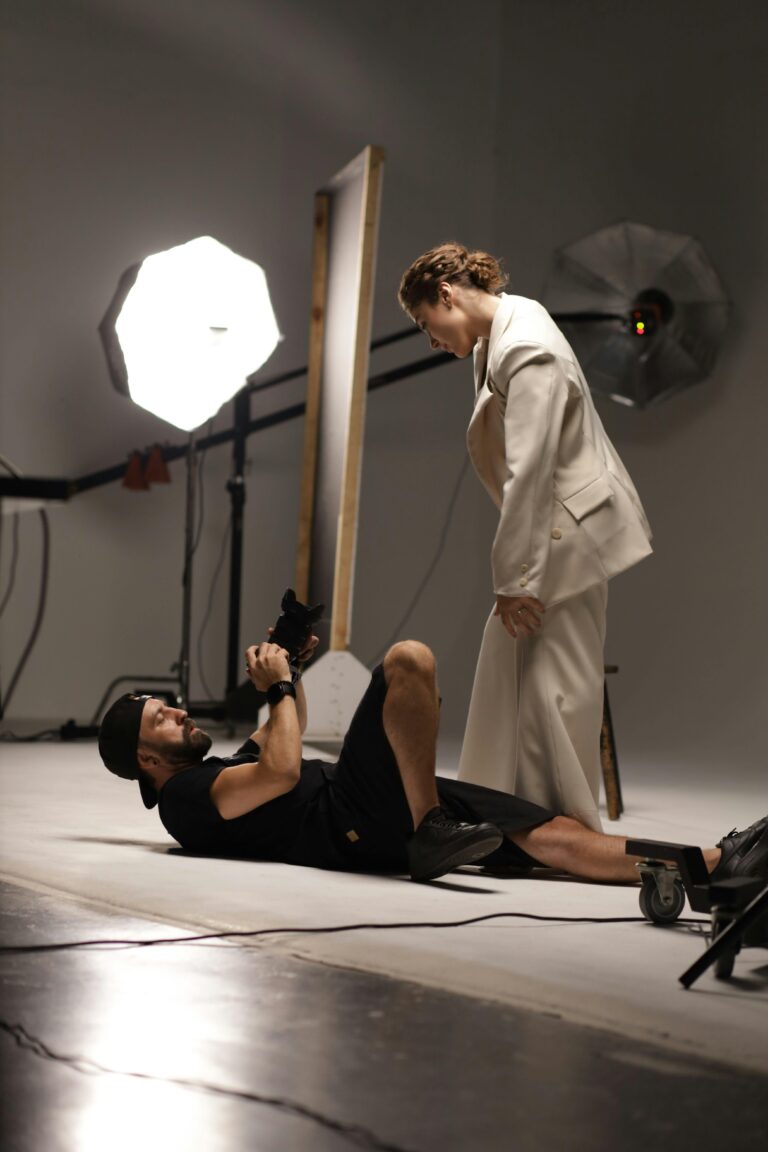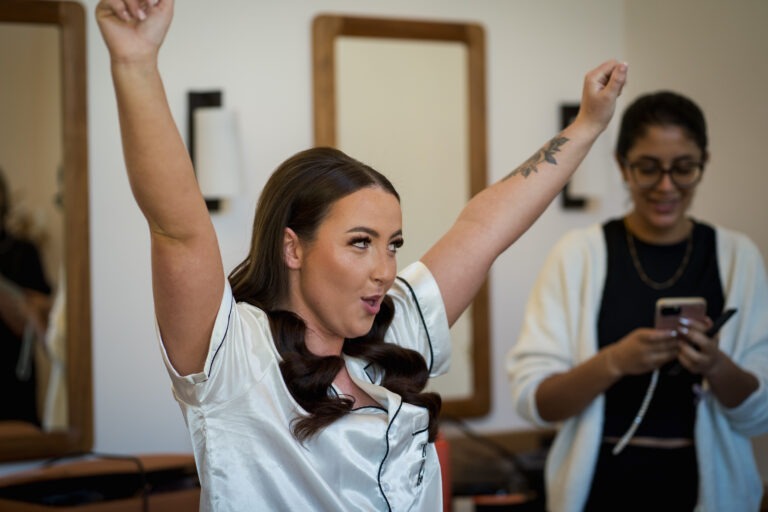The age at which people choose to get married has been a topic of debate for generations. Over the decades, social norms, economic factors, career ambitions, and cultural shifts have all played a role in shaping when people tie the knot. In 2025, are couples getting married younger or delaying marriage until later in life? The trends suggest that marriage is happening later than ever before, with many couples prioritising education, career growth, financial stability, and personal development before making the lifelong commitment. But is this a global trend, or do different cultures, backgrounds, and personal circumstances tell a more complex story?
In this article, we’ll explore how the average age of marriage has evolved over the years, what influences the decision to marry at a certain age, and how this impacts modern relationships. We’ll also look at the social and economic implications of marrying younger versus waiting until later in life, with insights into the benefits and challenges of both approaches.
The Shift in Marriage Age: Then vs. Now
If we rewind a few decades, the average age of marriage was significantly lower. In the 1950s and 1960s, people commonly got married in their early 20s, particularly in Western societies. This was largely driven by societal expectations, traditional gender roles, and religious influences that encouraged early marriage as the natural step into adulthood. Men were expected to be breadwinners, and women often stepped into homemaker roles, with marriage seen as a prerequisite to starting a family.
Fast forward to today, and the landscape has changed dramatically. In countries like the UK, US, and much of Europe, the average age of marriage has risen to the early to mid-30s. According to recent statistics, the average age for first-time marriages in the UK is around 32 years for men and 30 years for women, compared to 23 and 21 respectively in 1970. In the US, the trend is similar, with first-time marriages now occurring around the age of 30.
But why has this shift happened? Several societal and economic factors have contributed to this delay, ranging from higher education attainment and career ambitions to changing cultural attitudes toward relationships and cohabitation. In many parts of the world, particularly in urban areas, marriage is no longer seen as the ultimate milestone of adulthood. Instead, people focus on self-growth, financial security, and personal fulfilment before committing to a lifelong partnership.
Why Are People Getting Married Older?
One of the biggest reasons people are delaying marriage is education and career development. In the past, higher education was not as widely pursued, and many people entered the workforce earlier. Today, with more individuals attending university and pursuing postgraduate degrees, the timeline for settling down has naturally been pushed back. Many young adults prioritise establishing their careers, gaining financial independence, and achieving stability before taking on the financial and emotional responsibilities of marriage.
Another major factor is financial security. The cost of living has risen significantly over the years, making it harder for young couples to afford a home, wedding, or even basic necessities without a strong financial foundation. Housing prices in many countries have skyrocketed, student debt is at an all-time high, and economic uncertainty has made young people more cautious about making long-term commitments. Unlike in past generations where financial dependence between spouses was common, today’s couples often seek financial independence before merging their lives together.
Changing social norms and relationship expectations have also played a huge role in the delay of marriage. In modern society, cohabitation has become a widely accepted alternative to marriage, allowing couples to live together, share expenses, and experience a committed relationship without the legal bindings of marriage. Many couples choose to test their compatibility by living together for years before deciding to take the plunge.
Furthermore, the traditional gender roles that once defined marriage have evolved significantly. Women are more career-driven than ever before and less likely to settle down early due to societal pressure. Marriage is now more about partnership and shared responsibilities rather than a rigid structure of defined roles.
Additionally, increased access to contraception and family planning has given couples more control over when (or if) they want to have children. Unlike in the past, where marriage and starting a family often went hand in hand, couples today have the option of delaying parenthood or choosing alternative paths that don’t necessarily involve marriage.
Is Marrying Younger Still Common?
While the trend of delaying marriage is prevalent in many developed nations, marrying young is still a reality for many people around the world. Cultural and religious beliefs play a significant role in shaping marriage traditions, and in some communities, early marriage is still encouraged. In countries across Africa, South Asia, and the Middle East, arranged marriages are still common, and societal expectations often dictate that marriage happens at a younger age. In some cases, economic and social structures make marriage a necessity rather than a personal choice.
Additionally, there are benefits to marrying young. Many couples who marry in their early 20s grow together, build their lives as a team, and navigate adulthood with a strong foundation. Studies suggest that some younger marriages, particularly those that are financially and emotionally stable, can lead to long-lasting and fulfilling partnerships. However, the risk of immaturity, financial struggles, and evolving priorities can make early marriage more challenging in some cases.
The Impact of Delayed Marriage on Society
Delaying marriage has several implications on society and the economy. With people getting married later, fertility rates in many countries have declined as couples wait longer to start families. This has led to concerns about population decline in some nations, pushing governments to introduce policies that encourage family growth.
From an economic perspective, later marriages often mean stronger financial stability and dual-income households. Couples who marry later tend to be more financially prepared, have fewer debts, and are more likely to afford home ownership, which can contribute positively to the economy. However, this also means that industries that traditionally benefited from younger marriages, such as wedding planning, early childcare, and family-oriented businesses, have had to adapt to these shifting trends.
In relationships, waiting longer to get married often results in stronger emotional maturity and compatibility. Couples who marry later have a better understanding of their personal goals, life direction, and what they seek in a partner, reducing the likelihood of divorce. Research suggests that marriages that occur in the late 20s to early 30s have a lower divorce rate compared to those that happen in the early 20s.
Conclusion
The age of marriage continues to evolve, reflecting broader societal, economic, and cultural changes. While marriage in the past happened at a younger age due to traditional gender roles and social expectations, today’s couples are choosing to wait longer, prioritising education, career growth, and financial stability before making the commitment. While some people still marry young, particularly in cultures where early marriage is encouraged, the global trend points toward later marriages becoming the norm.
Whether marrying young or waiting until later, the key is making an informed decision that aligns with personal goals and values. Marriage is no longer a one-size-fits-all institution, and individuals now have more freedom than ever to shape their relationships in ways that best suit their lifestyles.
SEO Keywords:
- Average marriage age trends 2025
- Are people getting married older?
- Marriage statistics 2025
- Delayed marriage benefits
- Why are people waiting longer to get married?
- Marriage age trends by country
- Financial impact of late marriage
- Young vs. late marriage pros and cons
- Social changes in marriage trends
- Marriage and career priorities





